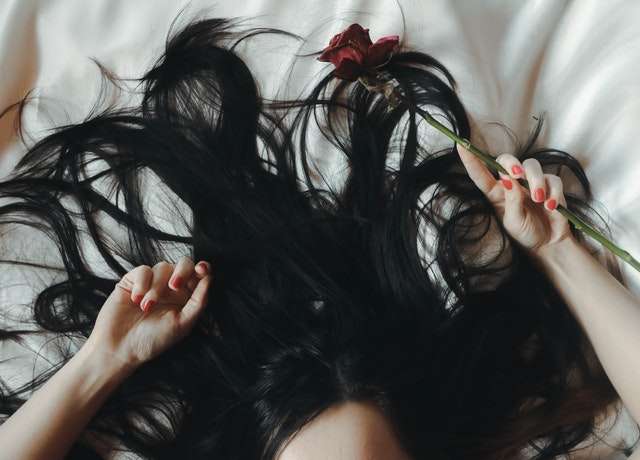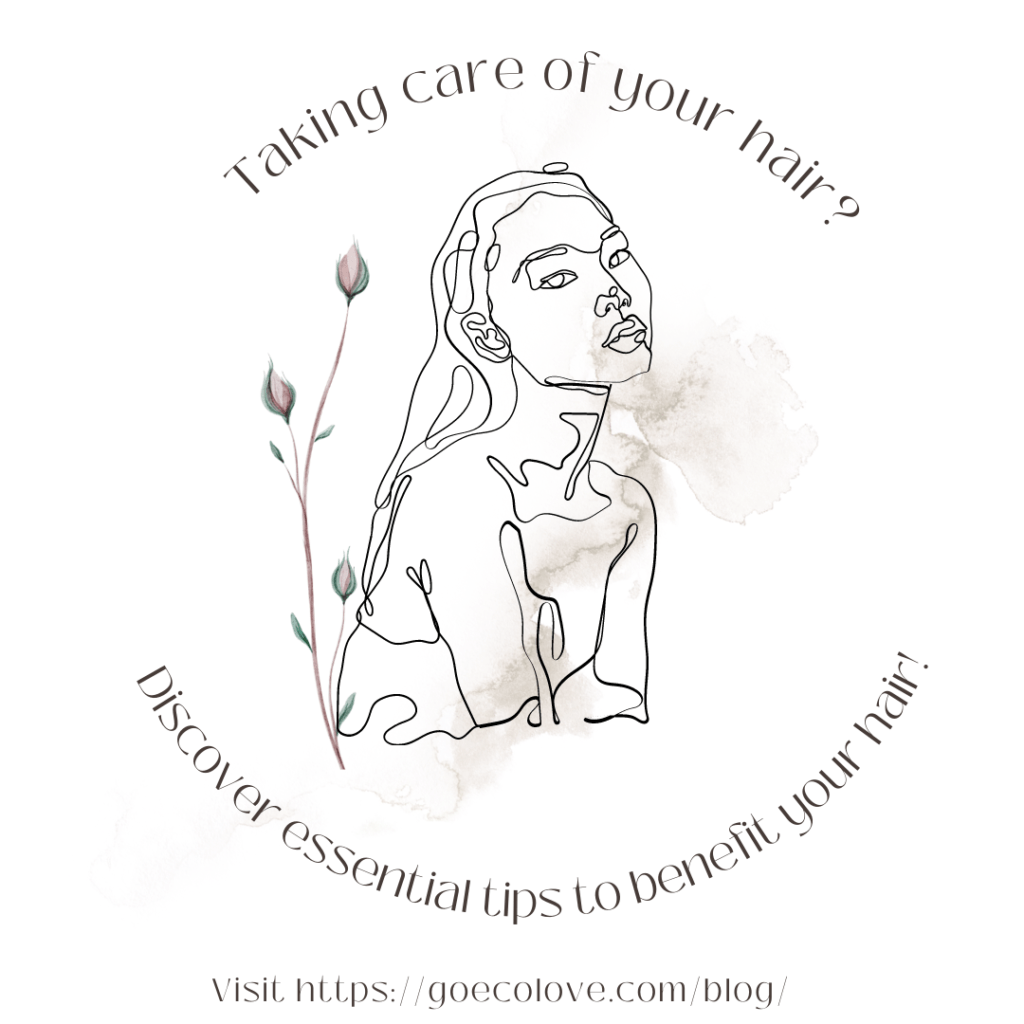Healthy hair is a sign of vitality and self-expression, a source of pride and boldness for many. Hair loss and scalp problems can have a direct impact on people’s lives, especially on a psychological level. Anti-ageing and anti-hair loss products are beginning to offer additional benefits that appeal to conscious consumers who want to ensure that hair health is maximised.
At the same time, this trend is coexisting with increased public awareness of ethical, sustainable cosmetics. In fact, according to a report by Grand View Research, increased awareness of ethics and chemical ingredient content in cosmetic products will increase the growth rate by 5% in this market segment, especially among the millennial generation.
Thus, a good choice is practicing hair care in the comfort of your home. Before we talk about hair products and best practices, we need to know what to use and for whom. The most fundamental question is what type of hair we have.

There are three basic types of hair:
- Low porosity
- Medium porosity
- High porosity
Low porosity hair has a tightly bonded cuticle layer with overlapping scales that lay flat. This type of hair is usually considered healthy and is often very shiny. Low porosity hair repels moisture when you try to wet it and is difficult to work with as it resists the penetration of chemicals. Low-porosity hair is also prone to a build-up of protein deep conditioning products, which can leave it feeling stiff and straw-like. Use protein-free conditioners that contain moisturisers such as glycerine or honey daily.
Apply moderate heat when using protein-free conditioners to help open up tightly bound skin. Low-porous hair requires moisturising products rich in emollients such as shea butter, jojoba oil, coconut oil and mineral oil. They also benefit from humectant products that attract and hold moisture in the hair. Choose lighter products with a liquid consistency, such as lotions, which will not settle on your hair and make it greasy.
Hair with medium porosity often requires the fewest hair treatments. The cuticle layer is looser, which allows enough moisture to be supplied and prevents excessive moisture escape. Hair with medium porosity tends to hold up well and can be permed and coloured with predictable results. Occasional use of protein conditioners can benefit medium porosity hair, but proteins should not be used in daily hair care.
High porosity can be an inherent hair characteristic or damage as a result of chemical treatments, rough handling or damaging environmental influences. High Porosity Hair has gaps in the cuticle layer, which enable moisture to pass quickly in and out. It can lead to frizz and tangling in humid weather and excessive dryness in dry weather. Use anti-humidity products, especially when it’s humid, to seal the cuticles and prevent them from absorbing too much moisture.
Some examples include raw shea butter, coconut oil, extra virgin olive oil, palm oil; Go Eco Love’s hand made moisturizers help do this as they are rich in shea, cocoa or mango butter and have coconut oil in them. Leave-in these moisturizers to keep your hair hydrated throughout the day. You can also use a sealant such as avocado oil to retain moisture and prevent dryness.
Additionally, sometimes we think we are doing everything right, and the results are lacking. What if I told you that you probably do not wipe or brush your hair properly? In that case, how do you look after your hair? Seemingly insignificant actions make a huge difference to the condition of our hair.

Here are some ways to help your hair:
- If you do not have curly hair, do not brush it wet. Wet hair is weaker, which encourages breakage.
- Do not rub or rub your hair with a terry towel. The best method is to squeeze excess water out of your hair.
- Sleep in a satin cap. It sounds comical, but most hair damage occurs during sleep from friction against the bedding. You can also get a satin pillowcase. Satin is soft and will not damage your hair.
- Massage your scalp. Trust me, after a day in a bun, the head needs a boost in circulation. Such massages, among other things, minimise hair loss and stimulate hair growth.
- Protect your ends. Avoid silicones in conditioners but apply a good silicone serum to your ends. It will prevent them from rubbing off during the day, thus reducing split ends over time.
- Check ingredients, strong detergents, silicones, alcohol, and allergenic preservatives are exactly what shampoos and conditioners contain. Read up on these compounds so that you avoid them as much as possible in your daily hair care routine.
Moreover, Go Eco Love’s moisturizers can help you to achieve this. Feel free to treat yourself.

